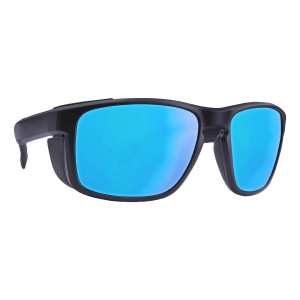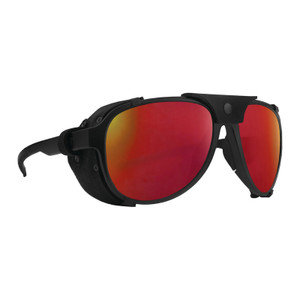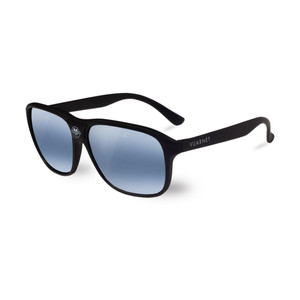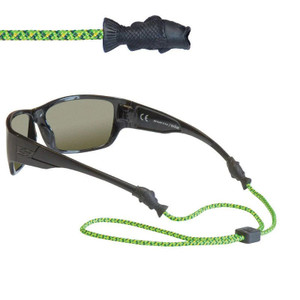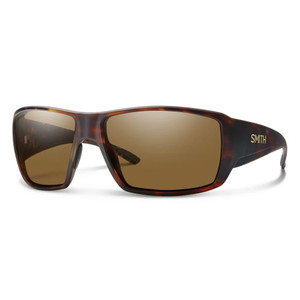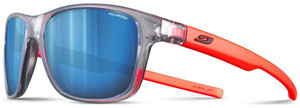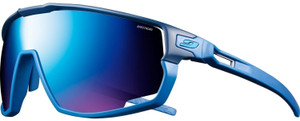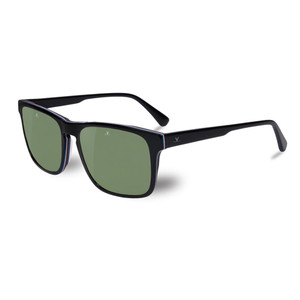Eyewear
Mountain sunglasses (also called glacier glasses or alpine sunglasses) are high-performance sunglasses specifically designed for use in high-altitude environments like mountains, glaciers, or snowy alpine terrain. They're essential for protecting your eyes from intense sunlight, UV rays, and glare—which are all much stronger at higher elevations and when reflected off snow and ice.
Why Regular Sunglasses Aren’t Enough in the Mountains:
At high altitudes:
-
UV radiation increases by 10–12% for every 1,000 meters (3,280 ft) of elevation gain.
-
Snow reflects up to 80% of UV rays, increasing eye exposure.
-
Intense glare can lead to snow blindness (a painful sunburn of the cornea).
Key Features of Mountain Sunglasses:
| Feature | Purpose |
|---|---|
| High UV protection (Category 3 or 4 lenses) | Blocks 90–98% of sunlight; Cat. 4 is not for driving. |
| Wraparound design or side shields | Prevents light and glare from entering at the sides. |
| Polarized or mirrored lenses | Reduces glare from snow, ice, and water. |
| Dark tinted lenses | Suitable for extremely bright conditions (not for low light). |
| Anti-fog and anti-scratch coatings | Increases durability and visibility in harsh conditions. |
| Ventilation | Prevents fogging during activity or temperature changes. |
| Durable frames | Made to handle cold, wind, and impact. |
Lens Category Chart (European Standard):
| Lens Category | Light Transmission | Use Case |
|---|---|---|
| Cat 0 | 80–100% | Indoor, very low light |
| Cat 1 | 43–80% | Cloudy/low light |
| Cat 2 | 18–43% | Medium sun |
| Cat 3 | 8–18% | Bright sun – standard sunglasses |
| Cat 4 | 3–8% | High mountains/glaciers – not for driving |
Who Needs Mountain Sunglasses?
-
Mountaineers, hikers, skiers, snowboarders
-
Climbers and trekkers in the Alps, Rockies, Himalayas, Andes, etc.
-
Anyone spending long hours in bright snow-covered terrain
Would you like help choosing a pair of mountain sunglasses for a specific activity or budget?

